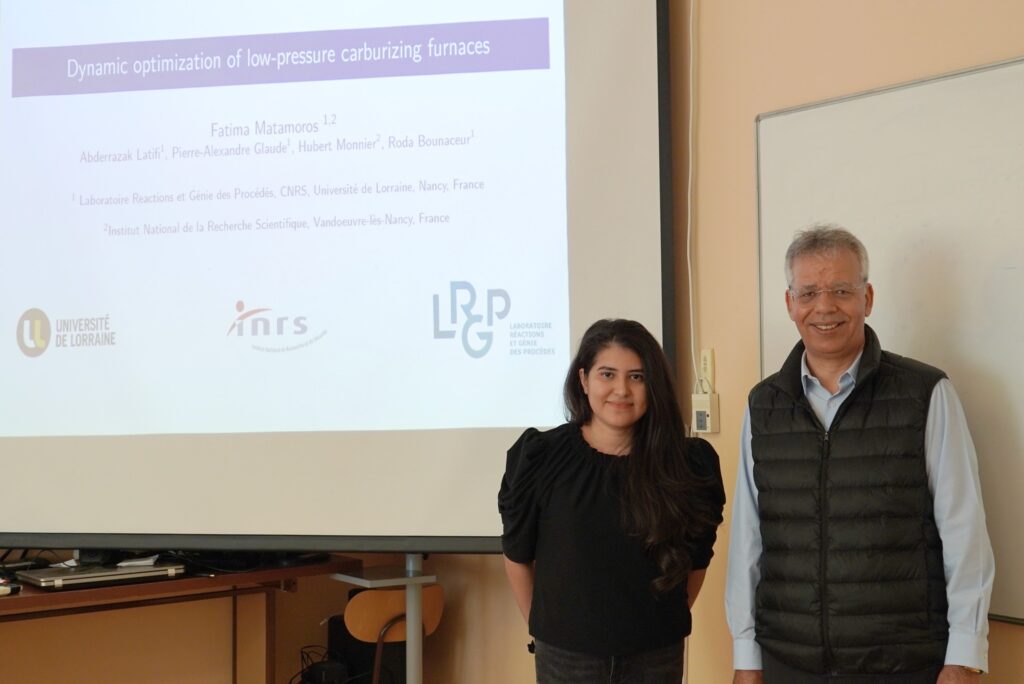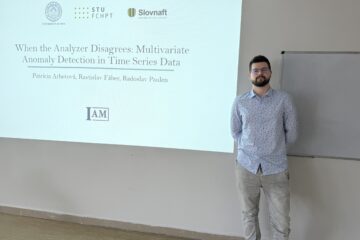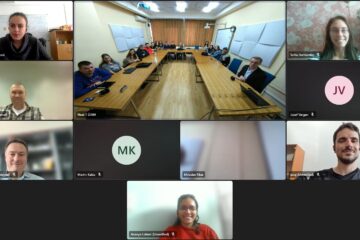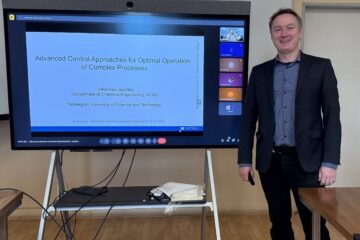On October 18, we organized a scientific seminar on “Modeling and optimization of low-pressure gas-carburizing furnaces”. The scientific seminar was lead led by Fatima Matamoros, a PhD student at the Reactions and Chemical Engineering Laboratory, National Center for Scientific Research / Université de Lorraine, Nancy, France, supervised by Prof. Abderrazak M. Latifi. The scientific seminar was organised in the framework of the FrontSeat project, as part of the seminar series on “Research Seminar on Smart Cybernetics”.

Abstract:
This PhD work deals with the development of an optimization methodology for low-pressure gas carburizing furnaces. The objective is to determine the optimal operating conditions allowing operators exposed to the toxic by-products generated (polycyclic aromatic hydrocarbons (PAHs) and soot) to work in safer conditions. A first-principles model of the process based on mass balance equations as well as equations derived from a detailed kinetic mechanism of gas-phase acetylene pyrolysis is first developed. The kinetic model is then simplified in order to reduce the size of the differential system; then completed by a model of soot formation, a pyrolytic carbon formation reaction and heterogeneous phenomena occurring on the surface of the steel parts to be cemented, which are described by means of Langmuir-Hinshelwood-Hougen-Watson model. Experiments conducted on a laboratory scale tubular reactor and a jet stirred reactor are carried out without steel parts. The results are then compared to the results of simulations of acetylene pyrolysis, soot and pyrolytic carbon formation in a plug flow reactor and in a perfectly stirred tank reactor. The results show the importance of the role played by the formation of pyrolytic carbon and soot on the formation of PAH. Experiments on an industrial low-pressure gas-carburizing furnace are conducted as well; they consist in the carburization of steel parts using an industrial “recipe”, i.e. predetermined operating conditions obtained by trial-and-error basis in order to meet the desired carburizing depth. The experimental results are used to estimate the parameters of the heterogeneous surface reaction by assuming a complete model of low-pressure gas carburizing in a perfectly stirred tank reactor. The model is then used in the formulation of the dynamic constrained optimization problem which aims to minimize the production of toxic compounds while ensuring the industrial quality of the carburized steel parts. Optimal operating conditions allowing to obtain steel parts of the same quality as those obtained with the industrial recipe are then determined by solving the optimization problem and experiments using the new operating conditions are conducted in the industrial furnace. The results corroborate that the optimized recipe leads to steel parts of the same quality as the industrial recipe, while reducing the process toxicity.
This project has received funding from the European Union’s Horizon under grant no. 101079342 (Fostering Opportunities Towards Slovak Excellence in Advanced Control for Smart Industries).





0 Comments